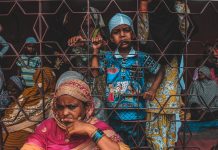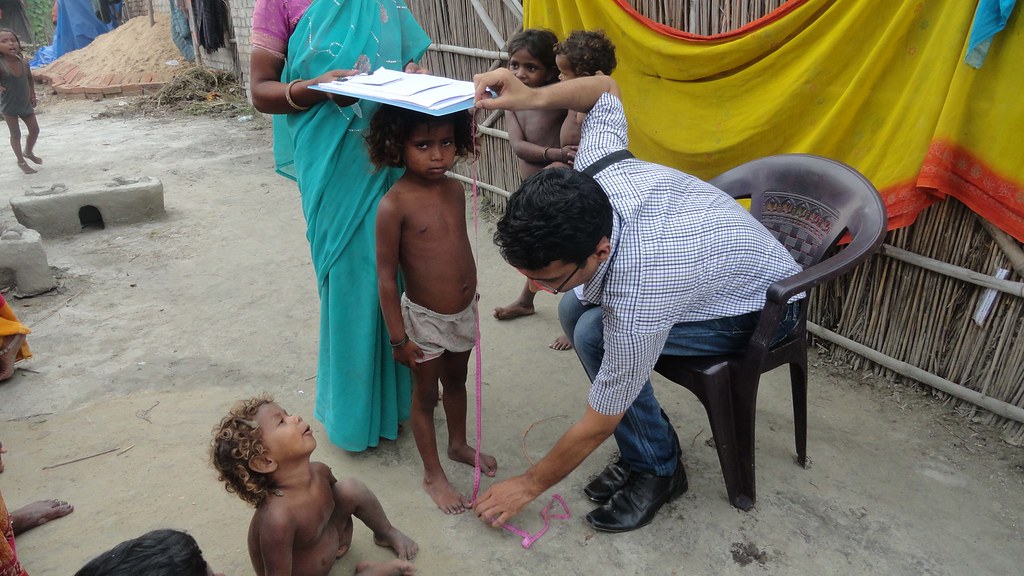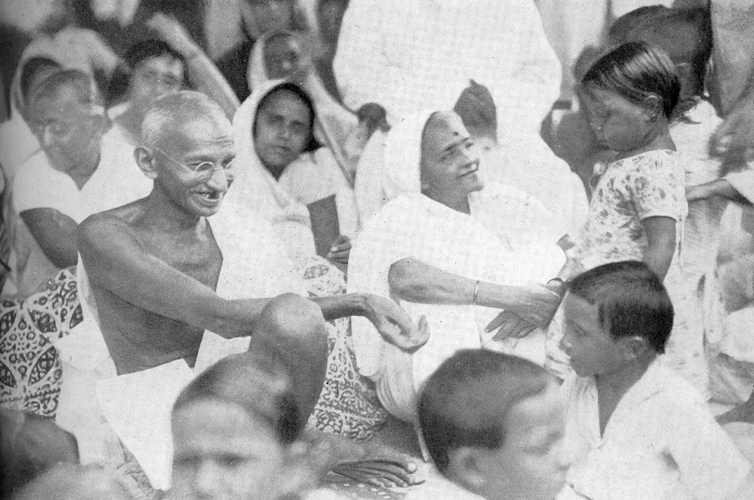In recent months several reports have appeared of sex workers facing severe economic problems in times of lockdowns and COVID-19. Like other groups in distress, they also need help. Beyond these immediate needs, however, there are wider questions of changes in sex-trade worldwide and policy changes that are needed alongside.
According to a report titled ‘ Sexual exploitation, prostitution and its impact on gender equality’ prepared by the Policy Department of the European Parliament ( hereafter referred to as the PDEP Report ), prostitution involves about 41 million people worldwide, of which 90 per cent are dependent on a procurer ( Scelles, 2012 ) and its worldwide revenue is estimated annually at around 186 billion dollars ( Havoscope study).
As the PDEP report adds, the sex industry is not limited to prostitution but includes a wide range of activities such as pornography, internet sex, phone sex, strip clubs and other related sexual services. Among these the first three were already showing a fast rising trend and in covid times this is likely to escalate further, with many prostitutes even reported to be taking lessons for on-line sex. The on-line transfer of sexual images, already very high, is set to experience further high growth. Even much earlier a study ( Farley, 2003) had revealed a strong bi-directional link between pornography and prostitution.
There have been sharp differences on policy issues relating to prostitution and overall sex-trade. Even the feminist movement has shown a division of opinion within it with one section opposing prostitution because of the violence and trafficking involved in it and also because most prostitution takes place on terms and conditions which are violative of the basic principles of gender equality and dignity. According to a widely quoted study ( M.Farley, 2003) a majority of prostitutes experience severe forms of violence and as many as 68 per cent have suffered from post-traumatic stress disorder. Other studies have shown that having paid a customer feels that he can do whatever he wants with a prostitute and is more likely to commit sexually coercive acts. ( Farley, 2008, 2011). However another section within the feminist movement has extended support to prostitution on the stated basis of upholding women’s right over their bodies and using this to earn income.
Similarly one section of the feminist movement has opposed pornography because of the degradation and objectification of women as sex objects as well as the violence and trafficking associated with porn trade. The other section has argued in favor of pornography in terms of rights of women to earn their living from this and even argued for creating feminist porn which is not degrading for women.
Whatever the differences,agreement on some important issues can still be reached, and these can be the basis for policy priorities. Firstly everyone should agree that violence to which prostitutes are exposed on daily based has to be reduced drastically. A study by the German government revealed that 87 per cent of prostitutes interviewed had suffered physical violence. The PDEP report has quoted a study which says that 90% of prostitutes in Spain are under the control of organized crime networks.
Secondly, strong steps should be taken to curb all trafficking and even more so trafficking of women and girls for sexual exploitation. However there are wide differences in estimates of the extent to which trafficking is the main resource for prostitution. TheUN Special Rapporteur on trafficking in persons has taken a commendable broader view of the issue, stating, “ For the most part, prostitution as actually practiced in the world usually does satisfy the elements of trafficking….Thus, State Parties with legalized prostitution industries have a heavy responsibility to ensure …that their legalized prostitution regimes are not simply perpetuating widespread and systematic trafficking. As current conditions throughout the world attest , States Parties that maintain legalized prostitution are far from satisfying this obligation.”
Thirdly, women who are say clearly that they want to leave prostitution and sex-work should be helped and enabled to do so in various ways. M. Farley’s interviews with 785 women in prostitution in nine countries revealed that 89 per cent of them wanted to escape prostitution but had no other options for survival.
Fourthly, children of prostitutes need help for their upbringing and education. This is particularly so in countries like India where children of prostitutes are reported to suffer a lot of indignity and discrimination and find it difficult to obtain education in conditions of equality and dignity.
Fifthly the pushing of minor girls and children towards sex-work should be curbed and checked strongly. At world level 75 per cent of sex workers are reported to be in age-group 13-25 years, indicating the presence of a significant number of minors. Children are also procured and trafficked for making porn, and child porn is known to be the most harmful form of porn. Children used in these videos or films are exposed to high health risks, mental and physical.
Sixthly, once conditions of poverty pushing towards prostitution become known in some regions, the weaker sections of these regions should get special help to check this trend. According to the PDEP Report, “ Homelessness, economic urgent need and lack of sufficient resources are the primary causes for people to enter prostitution.”
Prostitutes should get special help to cope with health problems, including mental health problems. A survey by the German government revealed that half of the sex-workers surveyed showed symptoms of depression, a quarter had frequent or occasional thoughts of suicide; almost one-third had anxiety and panic attacks. The risk of becoming infected with HIV, for sex-workers worldwide compared to the general population, has been estimated to be over 13 times high.
In Sweden an innovative effort was made to curb some of the related problems by placing the burden of illegality on male customers instead of penalizing women in prostitution. Purchasing, not selling, sex is a criminal offence here. Interestingly this led to a sharp reduction in prostitution. The PDEP report says that Sweden’s prostitute population is approximately one-tenth of Denmark and one-eighth of Norway’s, even though these countries have a smaller population than Sweden.
Hence despite the divisive debates, several common points of policy have been emerging from past experiences and these should be taken forward, taking into consideration also the changes which have appeared in Covid-19 times.
Bharat Dogra is a freelance journalist who has been involved with several social movements.














